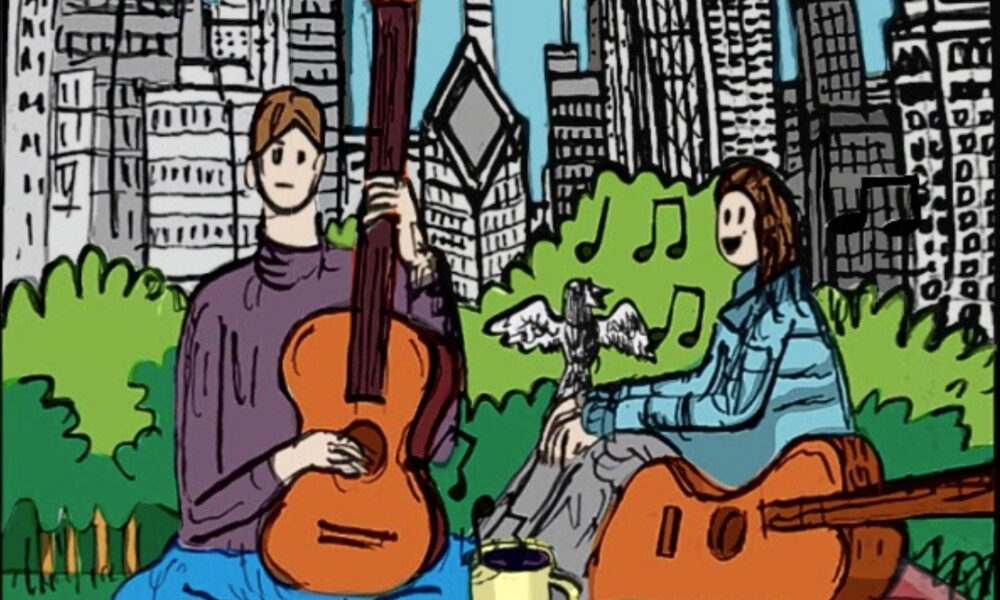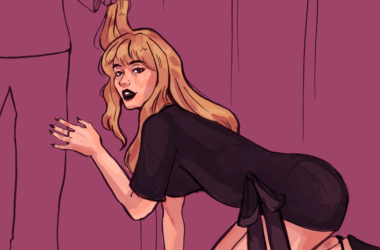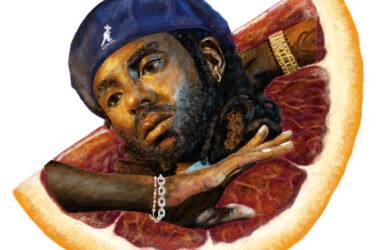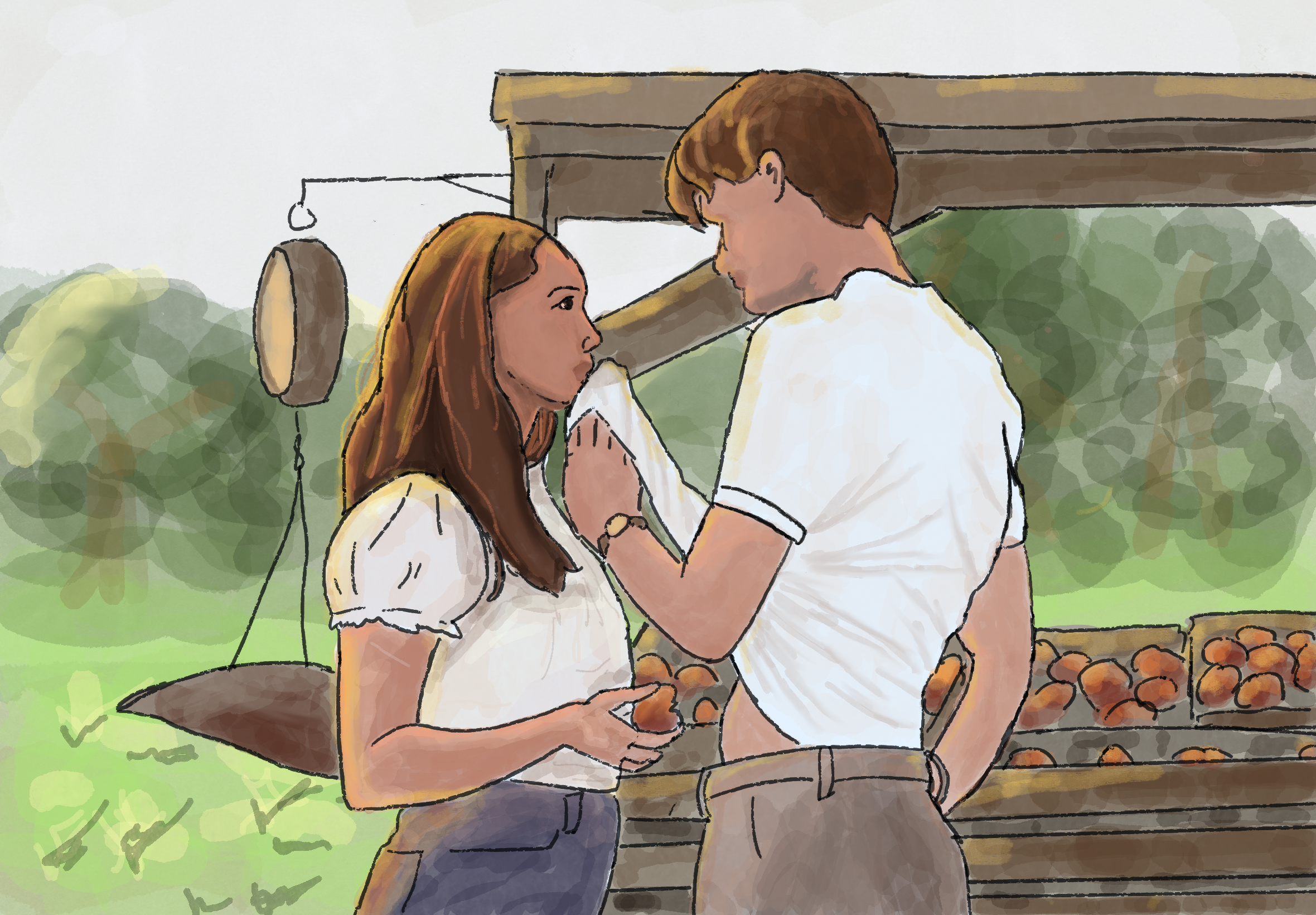As the bouncy plucks and resonant acoustics of the nylon-string guitar line underscore “Going Home,” vocalist Josephine Foster joins in, crooning, “I am going home.” Her vocal inflections are sweet and sombre, resembling the warbling mimicries of a lark as a spidery electric guitar melody spins between the interweaving words. The track straddles the line of loud and soft, balancing the mellow acoustic rhythms with moments of booming chorus brimming with melodious vocals and aching guitar harmonies. Foster sustains her operatic hums into the song’s ecstatic and sonorous peak, crying soberly, “If you wait for me, my darling, I will wait for you.” Amid the culminating noise of the track, the melodic pattern of the song’s opening emerges isolated once again to resolve the album.
On Feb. 23, The Children’s Hour released their sophomore record, Going Home, two decades after its initial recording in 2003. Originally a duo, songwriters Andy Bar and Josephine Foster met the third member of their trio, David Pajo, at Chicago bar The Hideout while playing at a variety show in 2002. A member of the band Zwan at the time, Pajo befriended the pair after lending his guitar to Foster for their set, soon asking them to open for Zwan’s 2003 tour. For a louder sound fit to fill the depths of these large concert halls, Pajo joined Bar and Foster on the drums, producing new and distinct arrangements of songs the two had been playing acoustically since their conception. This album, recorded after the tour’s completion, was lost for twenty years among the Kentucky studio’s tapes and archives. In 2023, producer Paul Oldham finally unearthed the recording, and The Children’s Hour, now separated, reunited for the record’s mixing and mastering.
Going Home is a groundbreaking record brimming with nostalgia and eccentricity, familiarized by its traditional folk roots and poetic lyricism. The songs elicit the feeling of musical storybooks, comforting while invigorating in their structures and melodies. Throughout the album, there is an underlying sense of familiarity and connection that the band upholds through their partnership with symbiotic trust.
“We have a bond we’ve worked on,” Bar said in an interview with The Tribune. “I like playing with Josephine because I really respect her as a songwriter, and I learn from her as I’m playing with her as well.”
The album features an exploration of vastly different tonal narratives and genres. “Bright Lights” chronicles the sentimental yet celebratory final minutes of a person’s life, transitioning harmoniously into themes of gloom and reflective sorrow in “Rainbow.”
“This album is two kind-of shy kids singing songs together, what they come up with, and how they express themselves. We tried to write a dance song, like ‘Dance With Me,’ and it definitely comes from wallflowers,” Bar said. “I remember the day that I came up with that opening [for ‘Dance With Me’], I showed it to Josephine and it was kind of a fun moment. It was such a special song to us so I’m glad that it’s finally out on a record.”
“Dance With Me” is a whirling jive that explores and embraces introversion and stands out as one of the record’s finest. The unadulterated joy and amusement that emanates from this track is contagious, beckoning every listener to join the sea of twirling recluses and poetic angst.
On Mar. 23, The Children’s Hour will embark on their album release tour, playing two shows throughout the U.S. before finishing at The Hideout—the Chicago venue where it all began twenty years ago. The nostalgic sentiment that much of Going Home’s content evokes is further heightened by the circumstances of the record’s release. It celebrates the past, acknowledges the group’s accomplishments, and commemorates the band’s musical relationship. With Going Home, The Children’s Hour achieves a dreamlike soundscape of conviviality and liveliness, reminding us through music to savour every passing moment.









